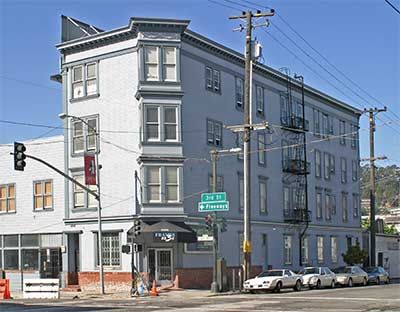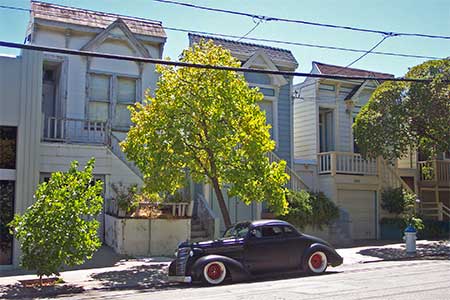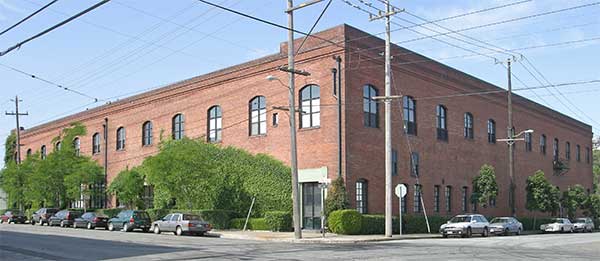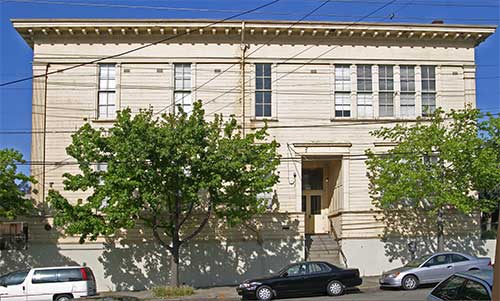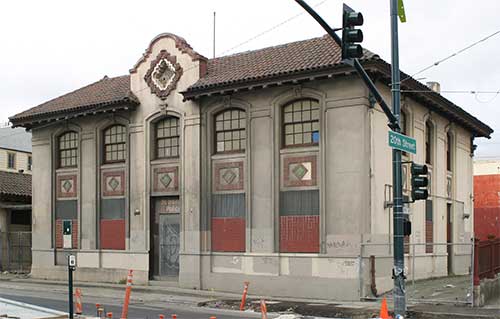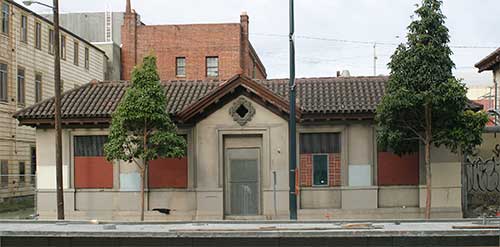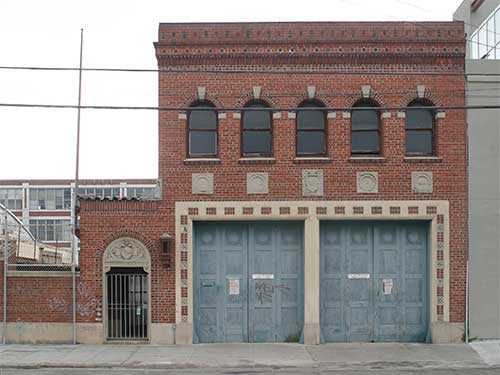Historical Architecture | Dogpatch

by Christopher VerPlanck
This is a revised version of a document prepared in support of the application by the Dogpatch neighbors to received historical district status. Photos: Ralph Wilson
See also the list of contributing structures.
Historically Dogpatch was an extension of the pre-quake South of Market Area on the southern edge of Mission Bay. Due to its escape from the destruction that erased the rest of the South of Market district in 1906, Dogpatch remains the best-preserved enclave of Victorian industrial. workers’ housing in San Francisco.
There are 116 separate parcels within the Dogpatch survey area. Of those properties, six are vacant and six have more than one resource on them. There are 114 buildings in the district and of these 17 were constructed after the period of significance and are therefore non-contributing. Of the remaining 97 buildings, 24 historic but heavily altered and therefore non-contributing. If restored to their appearance during the period of significance, all of these building would be contributing.
The remain 73 building with the survey boundaries are historic and retain a high enough threshold of integrity to be contributing. Of the 114 buildings constructed during the period of significance, 85 are dwellings constructed before 1930 and of these, 75 were constructed before 1906.
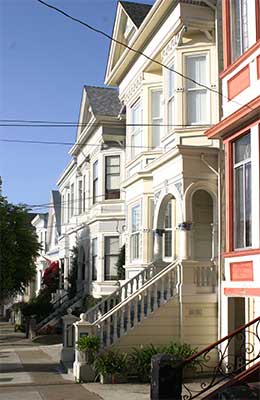
Residential Structures
The predominant character of Dogpatch is residential; of the 114 buildings built during the period of significance, 85 are wood-frame residential structures built before 1930. Of these, 30 are single-family dwellings, 46 are multi-family dwellings, 7 are commercial buildings with residential above and 2 are residential hotels.
The multi-family dwellings are generally composed of 2-to-4 flats, are the predominant domestic housing type, comprising 46 of the 85 dwellings in the district. Multi-family dwellings were constructed in Dogpatch throughout most of the period of significance, with the greatest number being built between 1900 and 1917.
920-22 and 924-26 Minnesota, both built as a pair in 1900, as well as most buildings on the west side of Minnesota Street between 20th and 22nd Streets or the north side of 22nd Street between Minnesota and Tennessee Streets, are home to many good examples of this type.
The single-family dwelling is the second-most common residential building type in Dogpatch, with 30 surviving within the district boundaries.
Single-family dwellings were generally divided into two main subcategories: spec-built workers’ cottages that were rented to laborers, such as the “Pelton cottages” located at 1002-1014 Tennessee (constructed 1890-91) or larger single-family dwellings built by more affluent skilled laborers such as 700-02 and 704 Tennessee (constructed 1883 and 1891, respectively).
Single-family dwellings were constructed throughout the period of significance, although relatively few were built after 1900. The remaining residential categories include combined residential/commercial structures and residential hotels. There are seven commercial buildings with residential above. Typically two stories and located on corner lots, most of these were built around 1900. Good examples of this type include 900-02 22nd Street (built 1899) and 700 22nd Street (built 1912).

